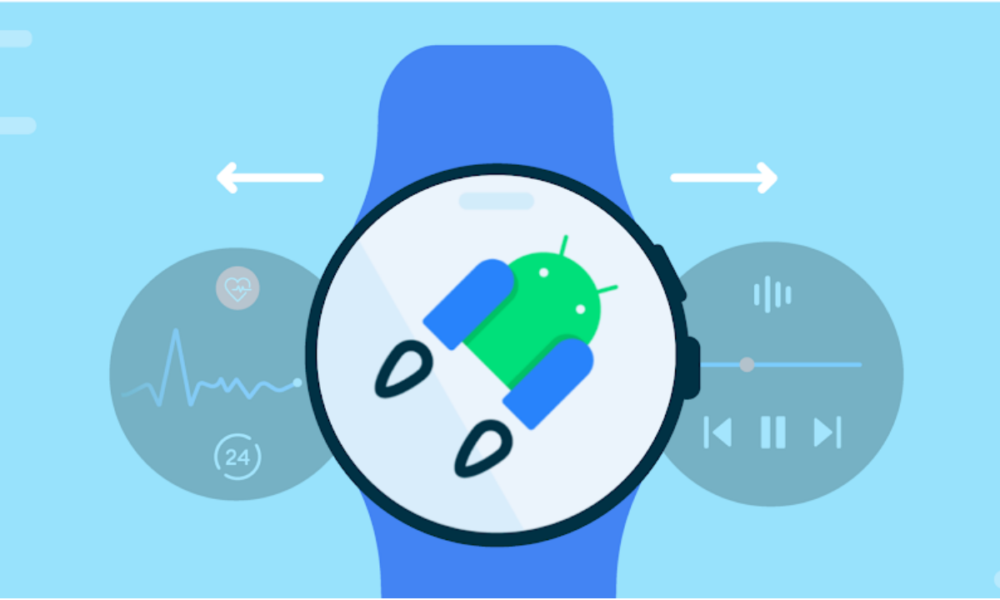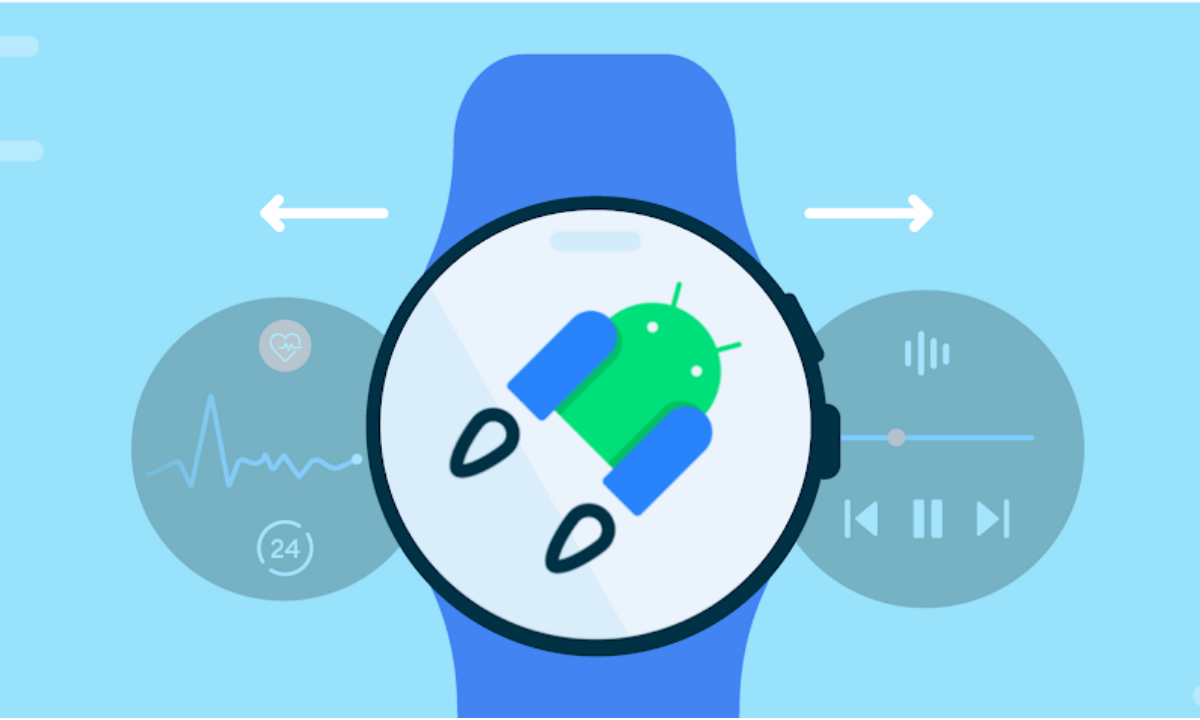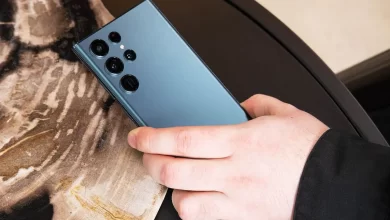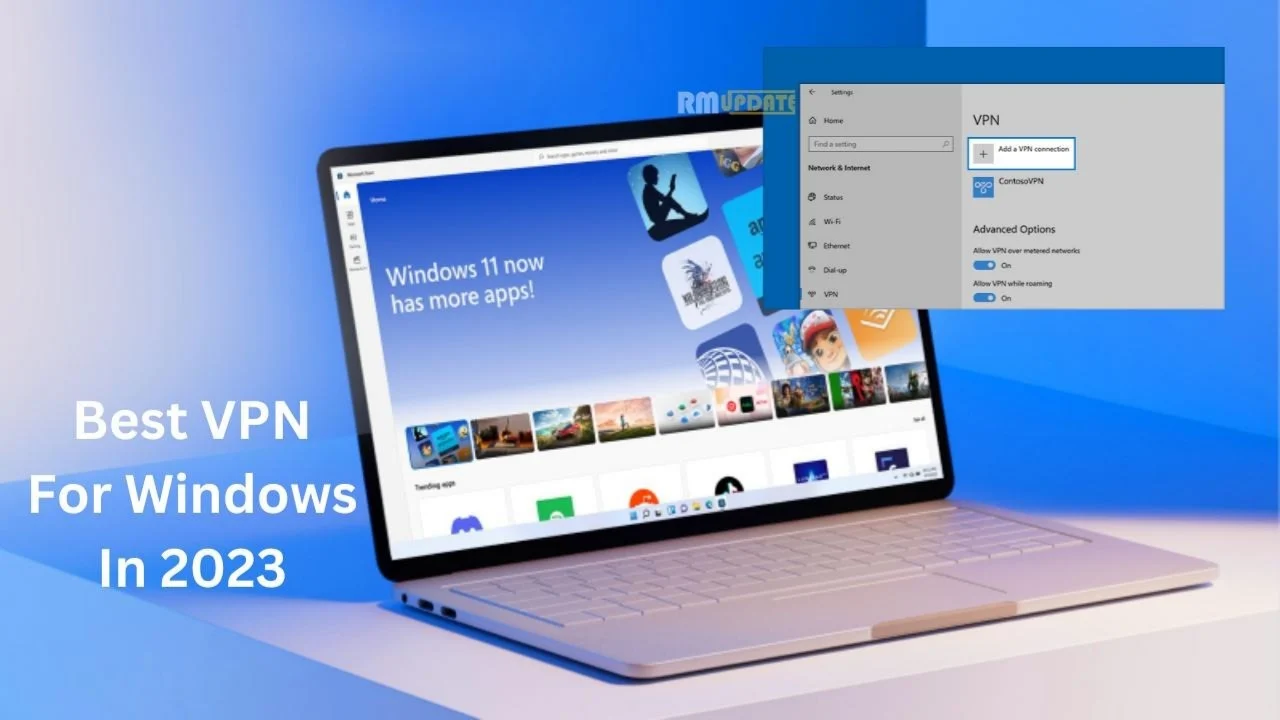Now, Google has introduced a better and great facility for its users by stably releasing version 1.2 for Compose for Wear OS and Wear Tiles libraries. This time the company is offering easier and comfy to use APIs which will lead to more convenient and appealing apps for Wear OS.
To enhance the experience, the company is bringing new, more convenient, modern features and powerful tools for Wear OS. Users can now use their Wear Tiles to elaborate the experience in their app’s titles. On the other hand, for extra detailed screens in the app, the users can also use Compose for Wear OS to build UIs. In this article, let’s discuss the new critical features of the 1.2 version Compose for Wear OS and Wear Tiles.
Compose For Wear OS 1.2 Features:
With this latest update, Compose for Wear OS version 1.2 the company is offering lots of new features which improve tooling functionality, usability as well as the accessibility of existing features and also enhances the user experience.
- Expandable Items: With this feature, the company is providing the latest expandableItems and expandableButton facility, which offers easy and simple ways by which the users can fold and unfold content on demand. It also helps to hide detailed information on elaborated pages or enlarge sections by default. So by this facility, the users can easily focus on necessary content and turn on or off the options for choosing when to view more detailed information.
- Swipe To Reveal: The Company adds a new experimental API that supports the SwipeToReveal pattern and adds two additional secondary options, which appear while composable is swiped to the left. These two secondary options support transparency and undoing. The notable point is that this feature is clear-cut from swipe to dismiss and is used to navigate back to its previous screen version.
- UX And Accessibility Improvements: This 1.2 version includes various improvements that enhance the user experience.
- Now it will support the Reduce-motion facility. When the users switch on the setting, it will turn off scaling and fading animations in ScalingLazyColumn, on the other hand, while turning off the shimmering effect and also wipe-off motion on placeholders.
- Hierarchical Focus Coordinator– It is a new experimental composable that allows marking compositions’ sub-trees like enabled or disabled focus. This also helps to control which element gets rotary scroll events, for instance, multiple ScalingLazyColumns in a HorizontalPage.
- Picker Group – This feature will help to combine multiple selectors at the same time. It also controls focus between the pickers using the Hierarchical Focus Coordinator API.
- Picker – It has a new userScrollEnabled parameter that determines whether the selector should be scrollable or not.
- Stepper has an extra parameter, enableRangeSemantics, which offers customization of semantics, for instance, disabling default range semantics as per the recruitment.
Wear Tiles 1.2 Features:
The company offers users fast and easy, predictable access to the information and actions they rely on most. This update supports system data bindings and animations so the users can provide an even extra responsive experience.
- Platform Data Binding: This new update with version 1.2 provides the facility which supports dynamic expressions that link elements of the user’s tile to system data sources. If the user’s tile platform data sources, for instance, heart rate, step count, or any other health monitor things, then the tile can be updated up to once per second.
- Animation: Now, the users will get a new version of tiles that also supports animations as well. So the users can use tween animations for smooth enough transitions when part of your layout changes. It also offers transition animations which allows it to animate new or invisible elements from the tile.
- Partial Tile Update: The Brand also now provides the facility to enable partial tile updates, which means that the company will only update that part of the user’s tile which has been updated instead of the whole layout. Now the users can update part of their tile while an animation is playing in another part without any disruption to that animation.

“If you like this article follow us on Google News, Facebook, Telegram, and Twitter. We will keep bringing you such articles.”





